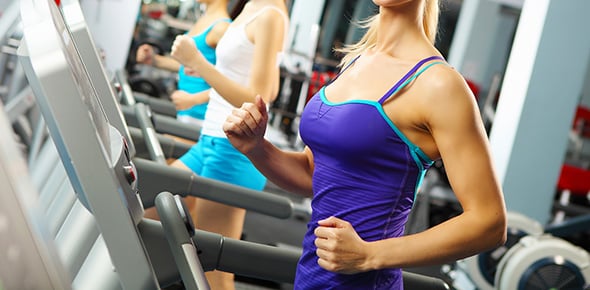Kin 560 - Exam 1
- ACSM
- NSCA
Submit
2.
You may optionally provide this to label your report, leaderboard, or certificate.
Submit
×
Thank you for your feedback!
















